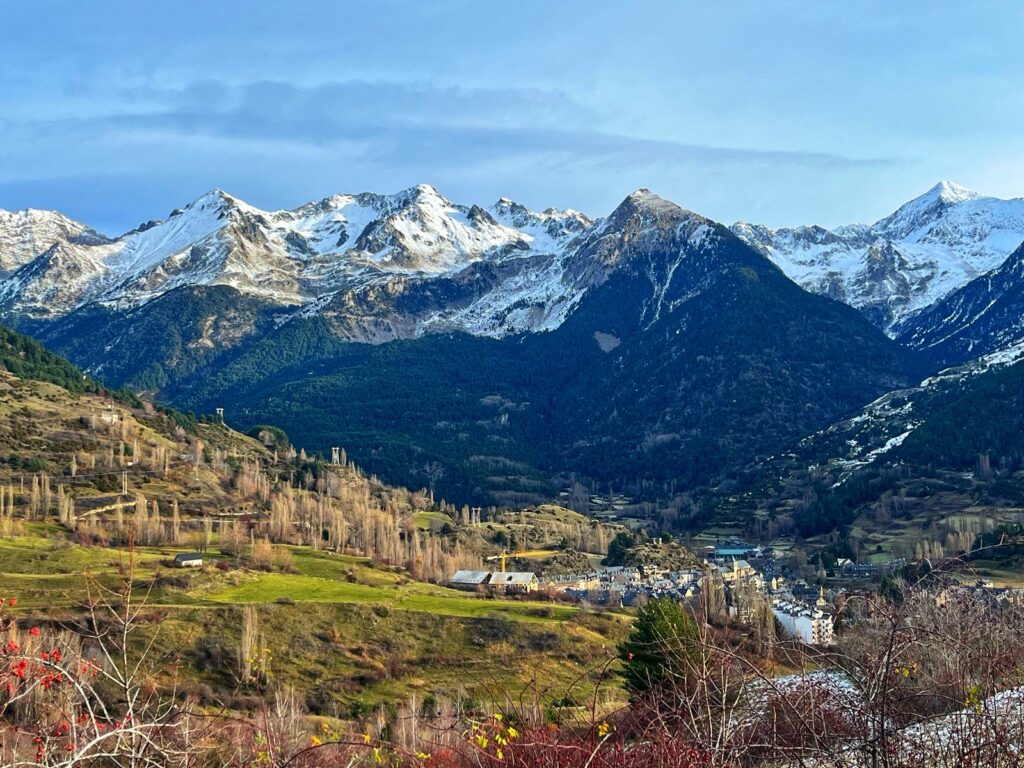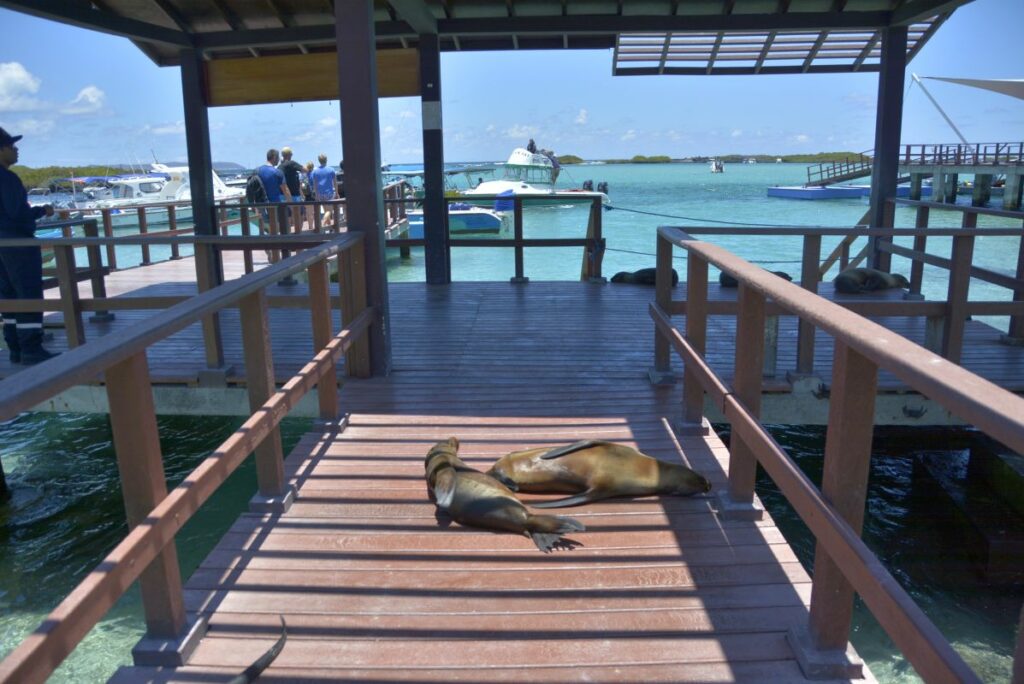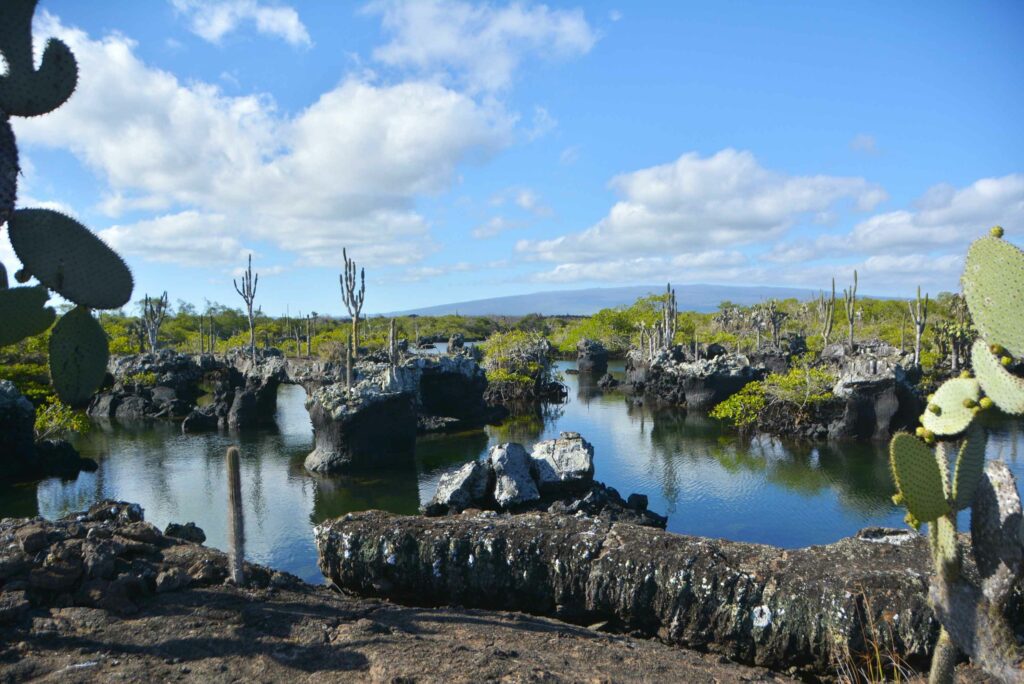Hiking essentials that will prepare you for an outdoor adventure – however there many factors that will determine your gear: trail type, altitude, season, etc. The same pick may be a completely different challenge during two seasons. It’s important to be well equiped in mountain conditions but also be careful not to overpack. Apart from all the essentials that are listed below, I have few things that I always carry with me in addition: whistle, compas, mirror and thermos with hot tea, honey, lemon and ginger (irrepleceable). They are lined up to my hiking pack.
Embarking on a hiking adventure, whether it’s just a simple day hike or a much longer expedition, can be an exciting experience that challenges the body and nourishes the mind and soul. As you traverse through diverse landscapes, the wonders of nature envelop you, providing a perfect escape from the hustle and bustle of daily life.
However, to fully enjoy this immersive experience, it is essential to come prepared with the right hiking gear and knowledge.
A solid understanding of hiking essentials ensures your outdoor adventure will be both safe and enjoyable, regardless of the conditions. A well-prepared hiker should be equipped with proper hiking gear, including appropriate clothing, navigation tools, provisions, and a first-aid kit.
This article explores the crucial supplies every hiker should put on their hiking packing list to carry along on their journey into the great outdoors. Read on below to learn how to make the most out of your hiking experience while minimizing potential risks.
Key Takeaways
- When preparing for hiking, choose moisture-wicking, comfortable, and functional clothing tailored to specific environmental conditions for optimal comfort and protection.
- Dress in layers and select appropriate hiking gear, prioritizing durability and rip resistance.
- Pick suitable hiking footwear that offers support, traction, and protection, considering terrain and weather conditions.
- Equip yourself with trekking poles, a well-designed backpack, and a comprehensive first aid kit for a safer, more enjoyable experience.
- When on the trail, use sun protection, stay hydrated, and eat nutrient-dense snacks and meals.
- Plan ahead and prepare by researching your destination, trail conditions, weather forecasts, and local regulations.

Apparel Choices: Dressing for Success
Dressing for success on a hike means selecting appropriate, high-quality attire tailored to the specific environmental conditions you will encounter.
A short day hike typically requires only the essential day hiking gear. Conversely, if you plan a longer adventure, you’ll need to pack more than just the basic hiking equipment.
When preparing for a hike, choose clothing that is both comfortable and functional. Select moisture-wicking fabrics such as polyester or merino wool to help regulate your body temperature and keep you dry. Avoid cotton, as it tends to retain moisture and can cause chafing.
Dressing in layers is key, allowing you to easily adjust your clothing to suit the changing conditions.
- Start with a base layer that wicks away sweat.
- Add an insulating layer to keep you warm.
- Remember about a waterproof, breathable outer layer to protect against wind and rain.
For hiking pants, you should opt for durable, rip-resistant materials. It is also a good idea to wear long pants over shorts to protect your legs while being able to take the first layer off if the warm weather leaves you no other choice.
Keep in mind that different environments may require specialized clothing and gear to ensure optimal comfort and protection.
For example, a hike in warmer weather calls for clothing that is:
- lightweight,
- ventilated,
- offers extra sun protection.
Colder weather makes it necessary to bring insulated garments and additional accessories such as gloves and hats.
Hiking essentials – you should also remember to pack some rain gear, including:
- a rain jacket,
- a rain pack cover,
- extra socks to keep your feet dry,
- lightweight dry sacks,
- hand warmers,
- bandana.
Another important aspect of dressing for success on the trail is choosing attire that offers freedom of movement without compromising on durability.
Your hiking checklist should include clothing that incorporates stretchable materials or features ergonomic designs. It will allow you to move comfortably over uneven terrain and make various physical activities, such as setting up an emergency shelter or remote hiking, a breeze.
Reinforced seams, abrasion-resistant fabrics, and strategically placed pockets can also contribute to the overall functionality and longevity of your hiking wardrobe.
Suman – my Sherpa Guide on Everest Base Camp Trek – most magnificent hiking adventure! All you need to know: Complete 14 days Trekking Guide for Beginners.

Hiking Shoes Fundamentals: Picking the Perfect Hiking Boots
Selecting the proper footwear is crucial for a comfortable and safe hiking experience. Ideal hiking shoes should provide adequate support and traction and protect your feet against the elements.
When choosing footwear, consider factors such as terrain, distance, and anticipated weather conditions.
For lighter hikes on well-maintained trails, trail running shoes or lightweight hiking shoes may be more than enough. These shoes offer excellent comfort, breathability, and flexibility while supporting your feet.
Nonetheless, mid or high-cut hiking boots are a better choice for more challenging terrains with rocky or uneven surfaces. These boots provide more ankle support, better stability, and enhanced protection.
Another crucial factor in choosing the right footwear is a proper fit. Ill-fitting shoes can result in discomfort, blisters, and even long-term foot problems.
It may be a good idea to visit a specialized outdoor retailer where trained staff can help you find the best fit for your specific needs. Don’t forget to wear the same socks you plan to use during your hike when trying on footwear.
Additionally, familiarize yourself with the various materials and technologies used in hiking footwear.
Waterproof membranes can provide protection against wet conditions while remaining breathable. Outsoles made from durable rubber tend to deliver superior traction on various surfaces. At the same time, cushioning systems like EVA (ethylene vinyl acetate) midsoles help absorb shock and improve overall comfort.

Tools and Gadgets: Enhancing Your Hiking Experience
While the beauty of hiking often lies in its simplicity, various tools and gadgets can significantly enhance your experience by providing added safety, convenience, or enjoyment.
Here’s what you should know:
Trekking Poles
Indisputable day hiking essentials, trekking poles provide additional points of contact with the ground, improving balance and stability on uneven surfaces. They also reduce stress on joints and can help increase your hiking speed.
When selecting your poles, look for features such as
- adjustable length,
- shock absorption,
- comfortable grip materials.
Hiking Backpack
A well-designed backpack is another essential piece of equipment that can greatly enhance your hiking experience. Your backpack should be comfortable to wear, with padding on the shoulder straps and hip belt. It should also have a suitable capacity to accommodate all your gear, including food, water, extra clothing, and other essentials.
Look for backpacks with multiple compartments to help organize your items and make them easily accessible during your hike. Ventilated back panels and load adjusters will help distribute weight evenly and prevent excessive sweating.

Hiking First Aid Kit
A comprehensive first aid kit should be part of every hiker’s gear list. In addition to basic items such as bandages, pain relievers, antiseptic wipes, and any personal medications you may require, consider including specialized items tailored to the specific challenges of your chosen route.
For example, if you plan to hike in areas known for tick populations or poisonous plants, include a tick remover tool or hydrocortisone cream in your kit.
It’s also a good idea to pack first aid supplies such as scissors, medical tape, blister patches, and plastic gloves.
Sleeping Bag
If you’re planning a longer hike, choosing the right sleeping bag can significantly impact your comfort and rest on the trail, ensuring you wake up refreshed and ready for another day of adventure.
Consider the following factors:
- temperature rating,
- insulation type,
- weight,
- packed size.
Temperature rating is crucial, as it indicates the lowest temperature at which the bag should keep you comfortable. Choose a model with a temperature rating that matches or is slightly lower than the coldest temperatures you expect to encounter on your hike.
Remember that individual preferences and tolerances may vary, so it’s always better to err on the side of caution.

Additional Hiking Gear
A headlamp or flashlight is useful for navigating during early morning or evening hikes. If possible, pack a power bank to keep your electronics charged at all times.
When hiking for a long time in remote areas, an extra satellite phone can also be a good idea.
Additionally, bring along a lightweight camera to capture the beauty of your surroundings. Some hikers enjoy embarking on a hiking trip with a water purifying bottle and a mini folding shovel.
Last but not least, remember that navigating through unfamiliar territory requires reliable tools. That’s why a map and compass should also be included on every hiker’s packing list. Even if you have access to GPS technology, always carry a backup plan in case of signal loss or device failure.

Hydration and Nutrition: Fueling Your Journey
Whether you plan to pack according to a day hiking essentials list or need to stock your hiking backpack for a longer adventure, ensuring you can stay hydrated and well-nourished is vital.
Proper hydration is critical during any hike, as it helps regulate body temperature, prevents fatigue, and maintains overall health. The general recommendation is to drink about a liter of water per two hours of moderate activity in moderate temperatures. However, this rule may vary depending on factors such as individual needs, the temperature, and the intensity of your hike.
A hydration system, such as a hydration bladder or reservoir, can be a convenient alternative to water bottles, offering hands-free access to water while on the move.
When it comes to nutrition, lightweight and nutrient-dense snacks are crucial in maintaining energy levels during your hike.
Besides trail mix, energy bars, and dried fruit, consider bringing along other portable options like nut butter packets, jerky, or string cheese. These items can provide a good balance of carbohydrates, protein, and healthy fats that will fuel your body throughout the day.
Meal planning for multi-day hikes requires considering factors such as weight limitations and cooking capabilities. Dehydrated or freeze-dried meals are popular choices due to their long shelf life, low weight, and ease of preparation. All you need to do is add boiling water and wait for the meal to rehydrate, and it should be ready to eat.

Leave No Trace Principles: Preserving Nature’s Wonders
The Leave No Trace is a set of ethics that outlines seven principles every hiker should follow to preserve the natural environment and minimize their impact on the outdoors.
By adhering to these principles, you contribute to maintaining the pristine condition of nature’s wonders for future generations to enjoy.
Here’s what you should bear in mind:
- Plan ahead and prepare: Before embarking on your hike, research your destination, including trail conditions, weather forecasts, and local regulations. Proper planning helps ensure your safety and reduces potential harm to the environment.
- Travel and camp on durable surfaces: Stick to established trails and campsites whenever possible. Avoid walking or camping on fragile ecosystems such as wetlands or alpine meadows, which can be easily damaged by human activity.
- Dispose of waste properly: Carry a waste bag or container to pack out all trash, including biodegradable items like fruit peels and food scraps. If you need to dispose of human waste, do so in catholes dug 6-8 inches deep and at least 200 feet away from water sources.

- Leave what you find: Preserve the environment’s natural beauty by not picking plants, disturbing wildlife, or removing rocks and other natural features. Leave cultural artifacts undisturbed for others to appreciate.
- Minimize campfire impact: Use a camp stove for cooking instead of making a fire or utilize established fire rings or fire pans if fires are permitted. Keep fires small and burn only small sticks that can be broken by hand.
- Respect wildlife: Observe animals from a safe distance and avoid feeding them, as doing so can disrupt their natural behavior and diet. Store food, trash, and all your hiking gear securely to prevent wildlife from accessing them. During the breeding season, be especially mindful of nests and mating areas. On most hiking trails, you can use bear spray for extra protection.
- Be considerate of other visitors: Maintain a friendly and respectful attitude towards other hikers by keeping noise levels down, yielding the trail when appropriate, and following posted rules and guidelines. Remember that everyone is there to enjoy nature’s beauty, so help maintain a pleasant atmosphere for all.

Check my hiking adventures for a detailed planning.
Don’t underestimate any mountain! As you can see, a successful and enjoyable hiking experience requires careful planning and preparation. Because every hiking trip is different, there’s no definitive list of “ten essentials.” Still, equipping yourself with the appropriate attire, footwear, and essential hiking gear can significantly enhance your comfort and safety on the trail.
Staying hydrated and well-nourished with lightweight, nutrient-dense snacks will keep you energized throughout your journey. Additionally, it’s always a good idea to familiarize yourself with the Leave No Trace principles and practice responsible hiking behavior to preserve the natural environment for future generations.
Ultimately, being a well-prepared hiker allows you to fully immerse yourself in the beauty of nature and make the most of your adventure while minimizing potential risks and adverse impacts on the environment.
Happy trails!





